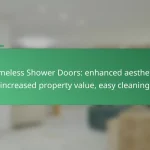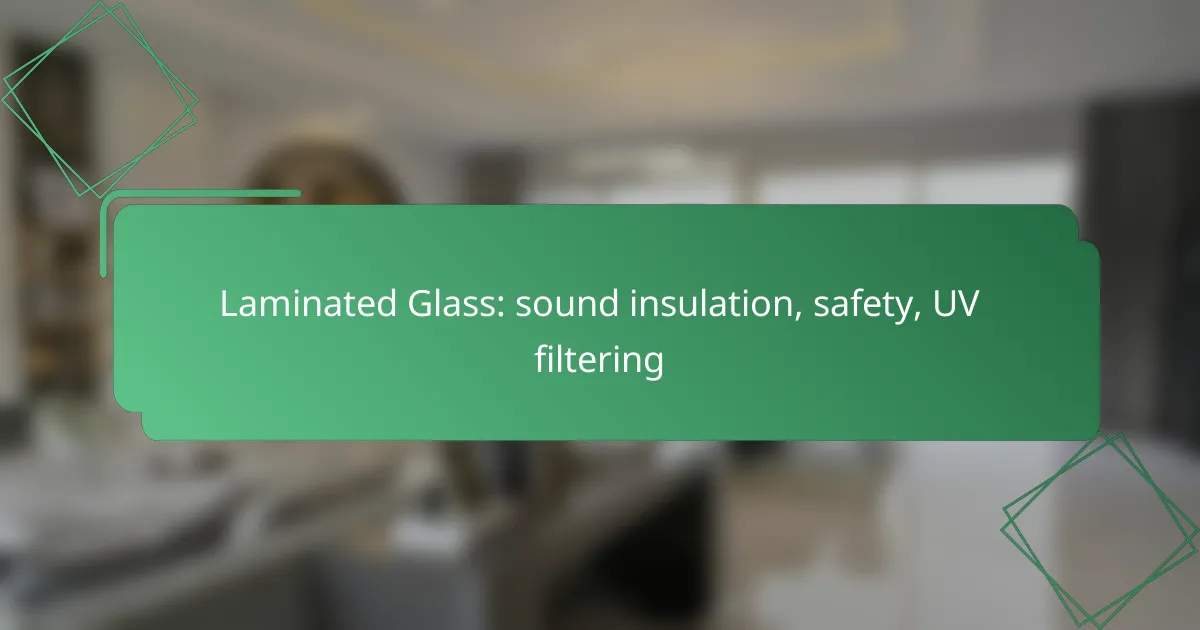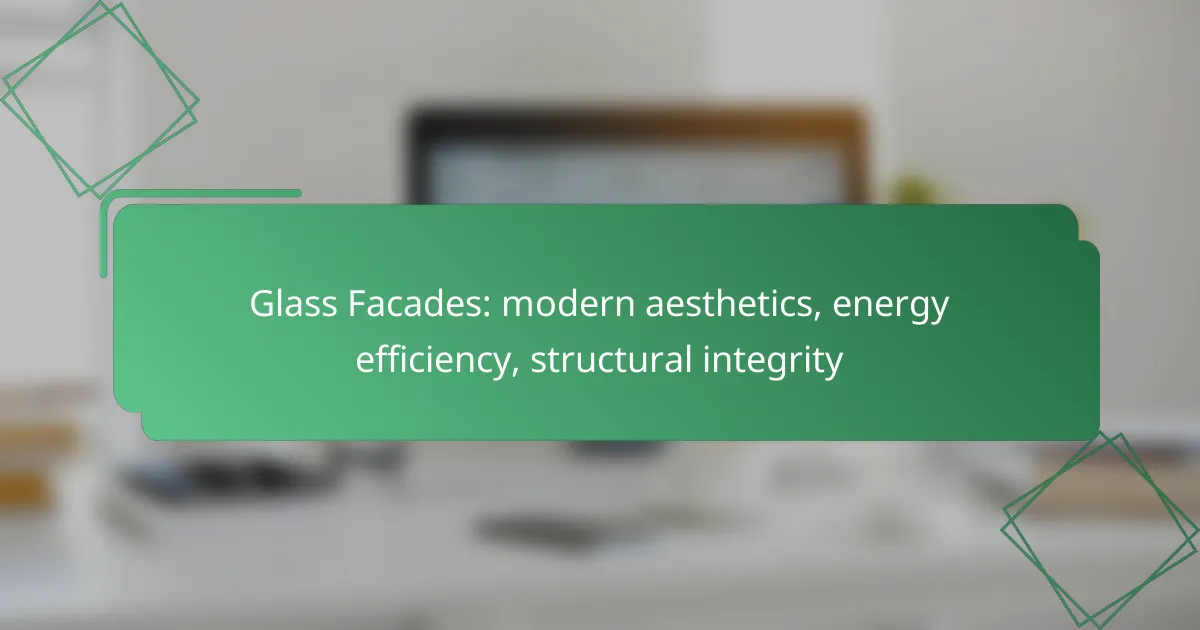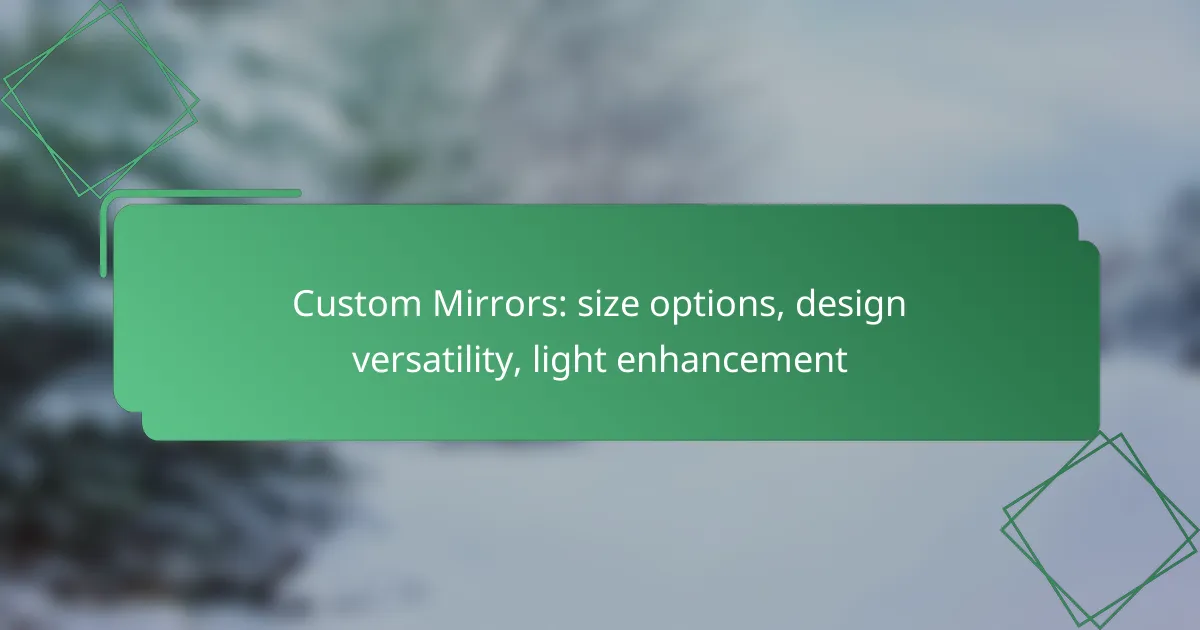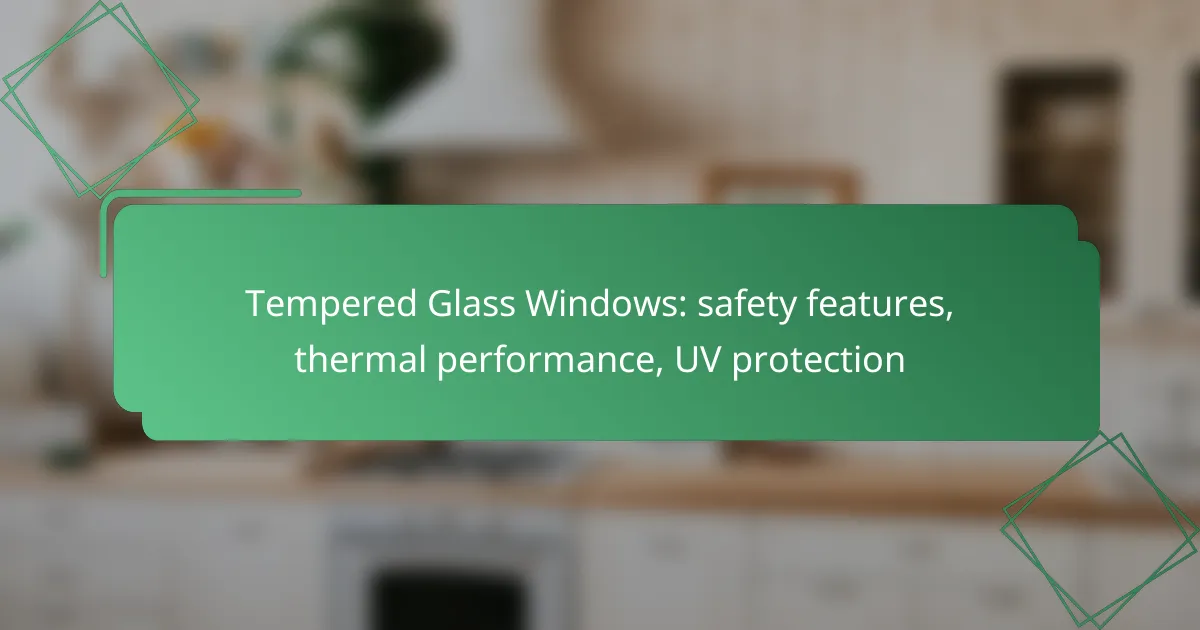Laminated glass is an innovative solution that combines sound insulation, safety, and UV filtering in one product. By using a layer of polyvinyl butyral (PVB) between two sheets of glass, it effectively dampens sound vibrations, making it ideal for noise-sensitive environments. Additionally, its robust construction enhances safety by preventing shattering and improving security, while its special interlayer filters harmful UV rays, protecting both occupants and interior furnishings.
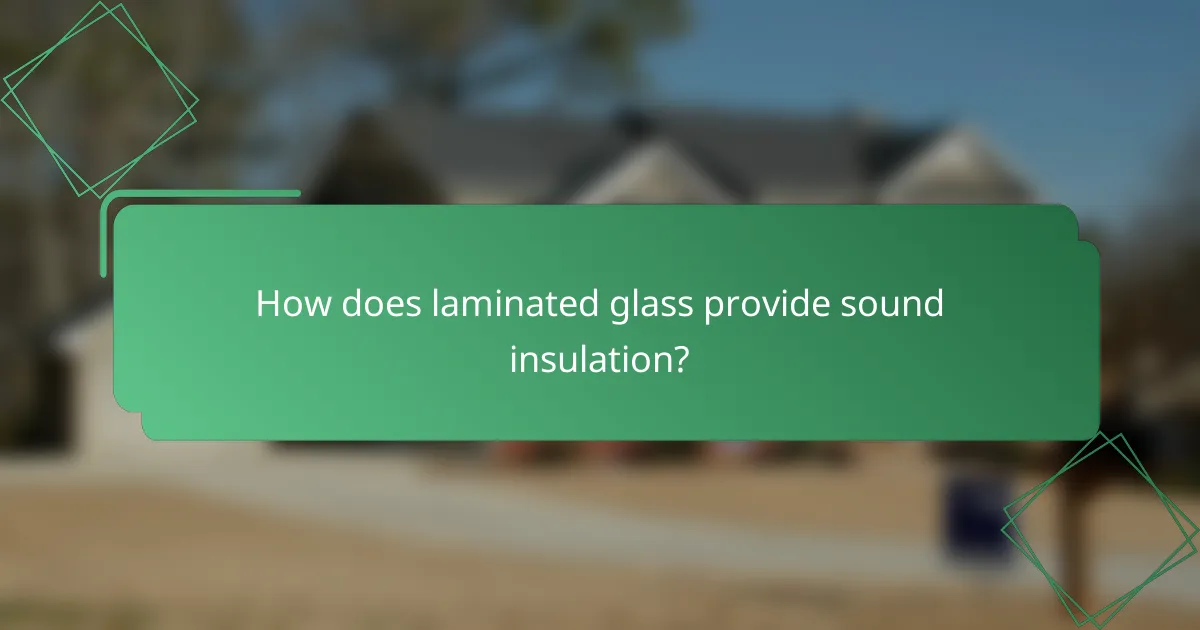
How does laminated glass provide sound insulation?
Laminated glass provides sound insulation by incorporating a layer of polyvinyl butyral (PVB) between two sheets of glass, which dampens sound vibrations. This construction effectively reduces noise transmission, making it an ideal choice for environments where sound control is essential.
Reduces noise transmission
The unique structure of laminated glass significantly reduces noise transmission by absorbing sound waves. The PVB layer acts as a barrier, preventing sound from traveling through the glass, which can lower noise levels by up to 30-50%. This feature is particularly beneficial in urban settings or near busy roads.
Improves acoustic comfort
By minimizing external noise, laminated glass enhances acoustic comfort within a space. This improvement can lead to a more peaceful environment, which is crucial for residential areas, offices, and educational institutions. Users often report increased productivity and relaxation due to reduced noise distractions.
Common applications in residential areas
Laminated glass is commonly used in residential applications such as windows, sliding doors, and glass partitions. Homeowners often choose it for bedrooms and living rooms to create a quieter atmosphere. Additionally, it is popular in homes located in noisy neighborhoods or near schools and parks.
Comparison with standard glass
Compared to standard glass, laminated glass offers superior sound insulation due to its multi-layered design. While standard glass may provide some noise reduction, it lacks the sound-dampening properties of laminated options. For those prioritizing sound insulation, laminated glass is often the better choice, despite potentially higher costs.
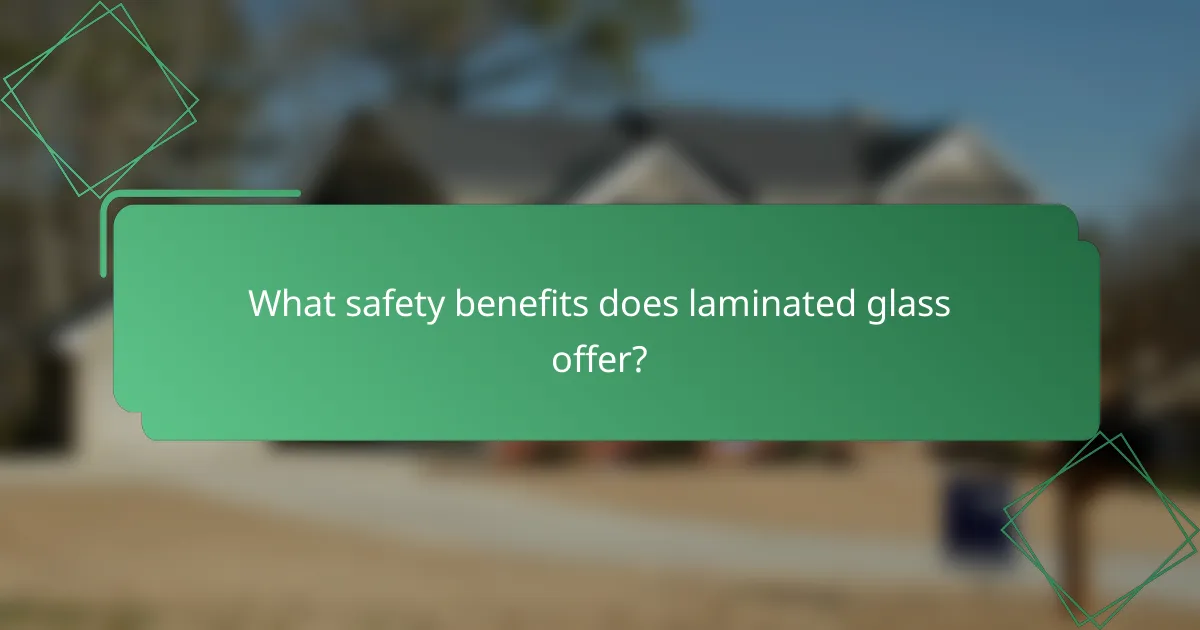
What safety benefits does laminated glass offer?
Laminated glass provides significant safety benefits, including enhanced protection against shattering, improved security against break-ins, and compliance with safety glass standards. These features make it a preferred choice for both residential and commercial applications.
Prevents shattering
Laminated glass consists of two or more layers of glass bonded together with a plastic interlayer. This construction prevents the glass from shattering upon impact, as the shards adhere to the interlayer rather than falling freely. This characteristic is particularly beneficial in areas prone to accidents or extreme weather conditions.
For example, laminated glass is commonly used in car windshields and skylights, where safety is paramount. In the event of a breakage, the glass remains intact, reducing the risk of injury from flying shards.
Enhances security against break-ins
The robust nature of laminated glass makes it more difficult for intruders to break through. The interlayer not only holds the glass together but also absorbs impact, making it harder to penetrate compared to standard glass. This added security feature can deter potential break-ins, providing peace of mind for homeowners and business owners alike.
In residential settings, using laminated glass in windows and doors can significantly enhance security. Many security systems now recommend laminated glass as a standard feature for vulnerable entry points.
Used in safety glass standards
Laminated glass meets various safety glass standards, which are crucial for ensuring the safety of occupants in buildings and vehicles. In many regions, including the European Union and the United States, laminated glass is required for certain applications, such as in commercial buildings and vehicles.
Compliance with these standards ensures that laminated glass can withstand specific impact tests and provide adequate protection. Homeowners and builders should check local regulations to ensure that their choice of laminated glass meets the necessary safety requirements.
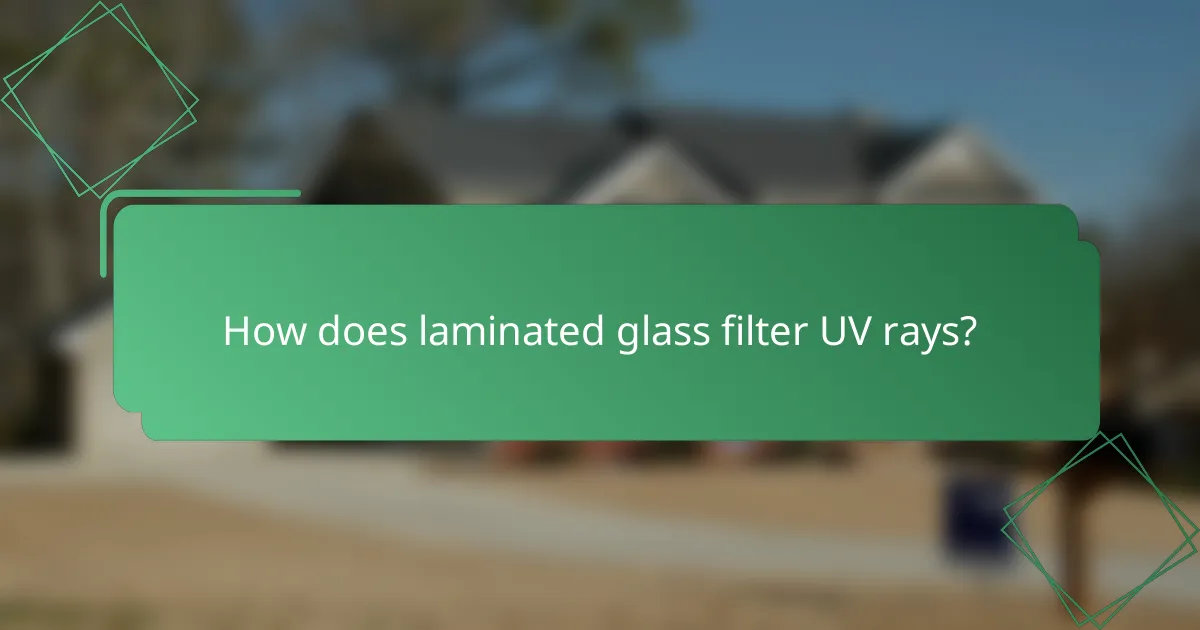
How does laminated glass filter UV rays?
Laminated glass effectively filters UV rays by incorporating a special interlayer that absorbs a significant portion of ultraviolet radiation. This feature not only enhances comfort but also protects against potential skin damage and fading of interior materials.
Blocks up to 99% of UV radiation
Laminated glass can block up to 99% of harmful UV radiation, making it an excellent choice for windows in homes and commercial buildings. The interlayer, typically made of polyvinyl butyral (PVB), acts as a barrier that absorbs UV rays, preventing them from penetrating through the glass.
This high level of UV protection means that laminated glass is particularly beneficial in sunny climates where prolonged exposure to sunlight is common. Choosing laminated glass can significantly reduce the risk of UV-related issues indoors.
Protects interior furnishings
By filtering out UV rays, laminated glass helps protect interior furnishings from fading and deterioration. Fabrics, wood, and artwork can suffer damage from prolonged exposure to sunlight, leading to costly replacements.
Health benefits of UV filtering
Filtering UV rays with laminated glass offers several health benefits, including reducing the risk of skin cancer and other UV-related health issues. Prolonged exposure to UV radiation can lead to skin damage, and using laminated glass can help mitigate this risk.
Additionally, by minimizing UV exposure indoors, laminated glass contributes to a more comfortable living environment, particularly for individuals with sensitive skin or conditions exacerbated by sunlight. Overall, the health advantages make laminated glass a practical choice for both residential and commercial applications.
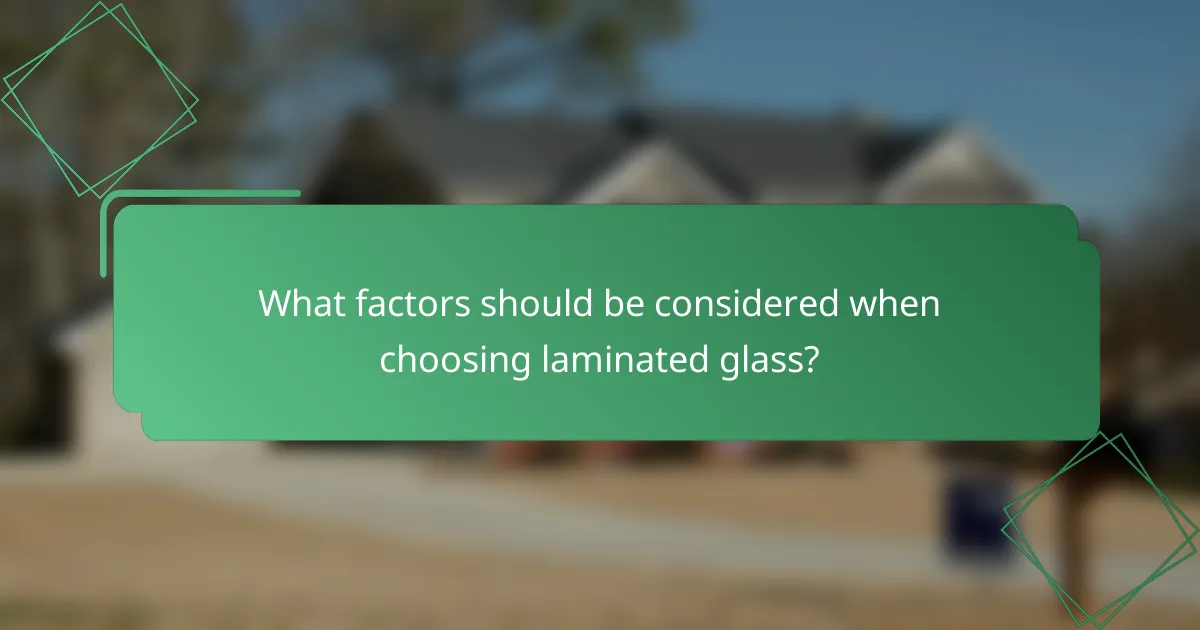
What factors should be considered when choosing laminated glass?
When selecting laminated glass, consider thickness, acoustic performance, and cost, especially in relation to your specific needs. Each factor plays a crucial role in determining the effectiveness of laminated glass for sound insulation, safety, and UV filtering.
Thickness and composition
The thickness of laminated glass typically ranges from 6 mm to 12 mm, with thicker options providing better sound insulation and safety. The composition often includes two or more layers of glass bonded by a plastic interlayer, which enhances durability and performance.
Choosing the right thickness depends on the intended use; for example, thicker glass is advisable for high-traffic areas or locations prone to extreme weather. Additionally, the type of interlayer, such as PVB or EVA, can affect both sound insulation and UV filtering capabilities.
Acoustic performance ratings
Acoustic performance ratings, measured in decibels (dB), indicate how effectively laminated glass can reduce sound transmission. Generally, laminated glass can achieve sound reduction ratings between 30 dB to 50 dB, depending on its thickness and composition.
When evaluating options, look for products that meet or exceed industry standards for sound insulation. Higher ratings are beneficial in urban environments or near busy roadways, where noise pollution is a concern.
Cost considerations in Canada
In Canada, the cost of laminated glass varies significantly based on thickness, size, and composition, typically ranging from CAD 100 to CAD 300 per square meter. Installation costs can add another 20% to 30% to the total expense, depending on the complexity of the project.
When budgeting, consider not only the initial cost but also long-term benefits such as energy savings and increased property value. Investing in higher-quality laminated glass may yield better acoustic performance and UV protection, ultimately justifying the upfront expense.
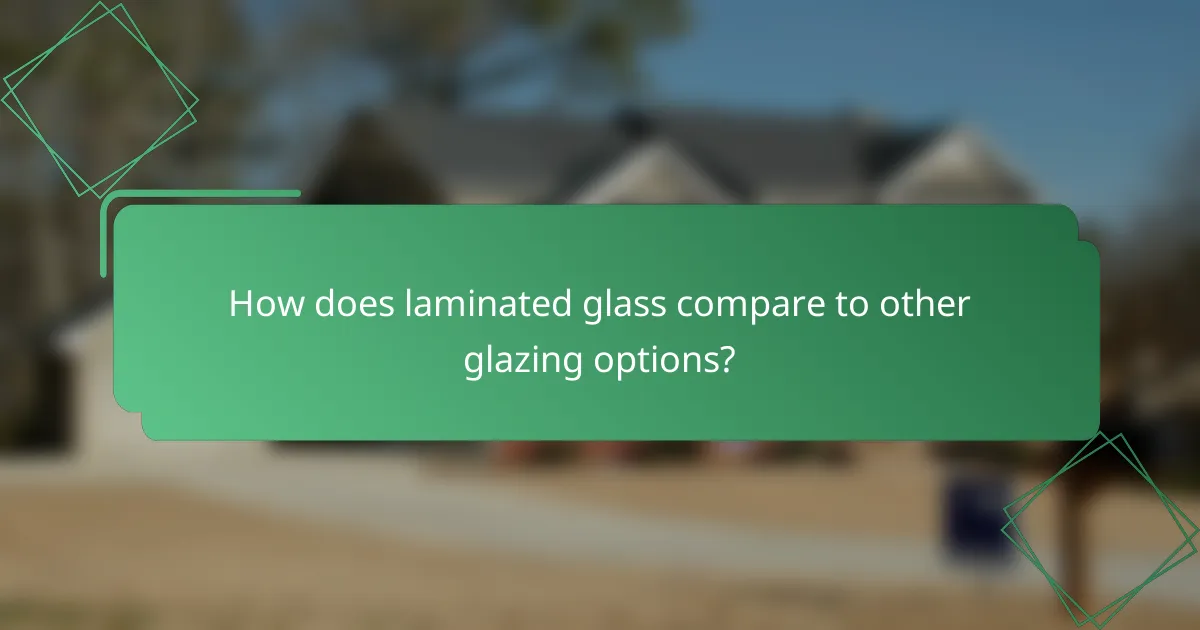
How does laminated glass compare to other glazing options?
Laminated glass offers distinct advantages over other glazing options, particularly in sound insulation, safety, and UV filtering. Its construction, which involves sandwiching a layer of polyvinyl butyral (PVB) between two sheets of glass, enhances its performance in these areas compared to alternatives like double glazing and tempered glass.
Comparison with double glazing
Double glazing consists of two glass panes separated by an air gap, providing decent thermal insulation and sound reduction. However, laminated glass typically outperforms double glazing in sound insulation due to its PVB interlayer, which absorbs sound vibrations more effectively.
In terms of safety, laminated glass is less likely to shatter upon impact, as the PVB layer holds the glass together, while double glazing can break more easily. For UV filtering, laminated glass can block a higher percentage of harmful UV rays compared to standard double glazing, making it a better choice for protecting interiors.
Comparison with tempered glass
Tempered glass is heat-treated for strength and safety, making it shatter-resistant. However, when broken, it shatters into small, blunt pieces, which can still pose a safety risk. Laminated glass, on the other hand, remains intact even when cracked, providing a safer option for areas prone to impact.
In terms of sound insulation, laminated glass is superior due to its sound-dampening properties from the PVB layer. While tempered glass offers good thermal performance, laminated glass can provide better UV filtering, protecting furnishings and reducing heat gain in buildings.
Performance in extreme weather
Laminated glass performs well in extreme weather conditions, maintaining its integrity during high winds and heavy rain. Its construction helps prevent water infiltration, which can be an issue with other glazing types.
In cold climates, laminated glass can offer better insulation compared to single-pane options, while still providing some thermal benefits over double glazing. Additionally, its UV filtering capabilities help reduce heat buildup in sunny conditions, making it suitable for various environments.
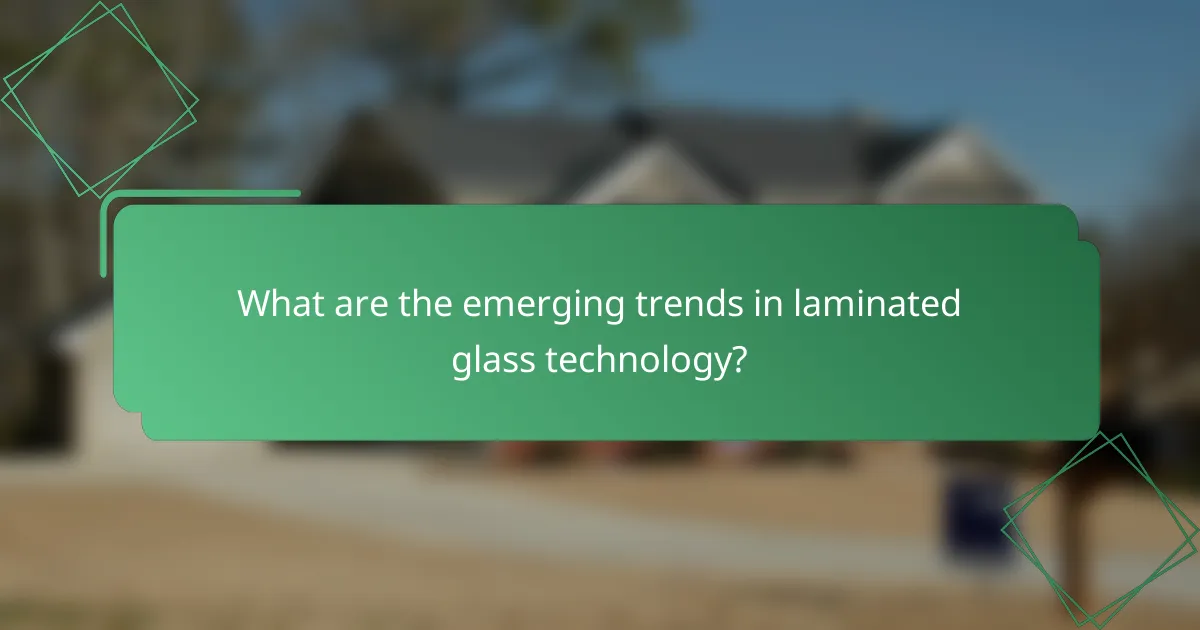
What are the emerging trends in laminated glass technology?
Emerging trends in laminated glass technology focus on enhanced sound insulation, improved safety features, and effective UV filtering. These advancements aim to meet growing consumer demands for energy efficiency and sustainability while providing superior performance in residential and commercial applications.
Advancements in energy efficiency
Recent innovations in laminated glass technology have significantly improved energy efficiency. By incorporating low-emissivity (low-E) coatings and gas fills, laminated glass can reduce heat transfer, helping to maintain comfortable indoor temperatures and lower energy costs.
For instance, laminated glass with low-E coatings can reflect heat back into a building during winter while blocking excessive solar heat in summer. This dual functionality can enhance energy savings by up to 30% compared to traditional glazing options.
When selecting laminated glass for energy efficiency, consider the climate of your location. In warmer regions, prioritize solar control features, while in colder areas, focus on insulation properties to optimize performance and comfort.




